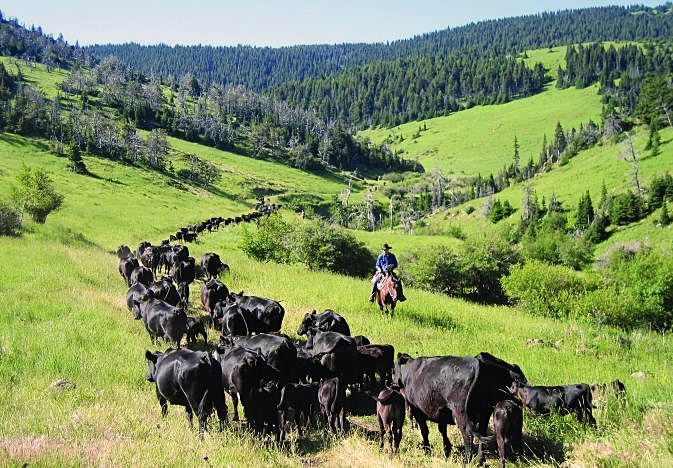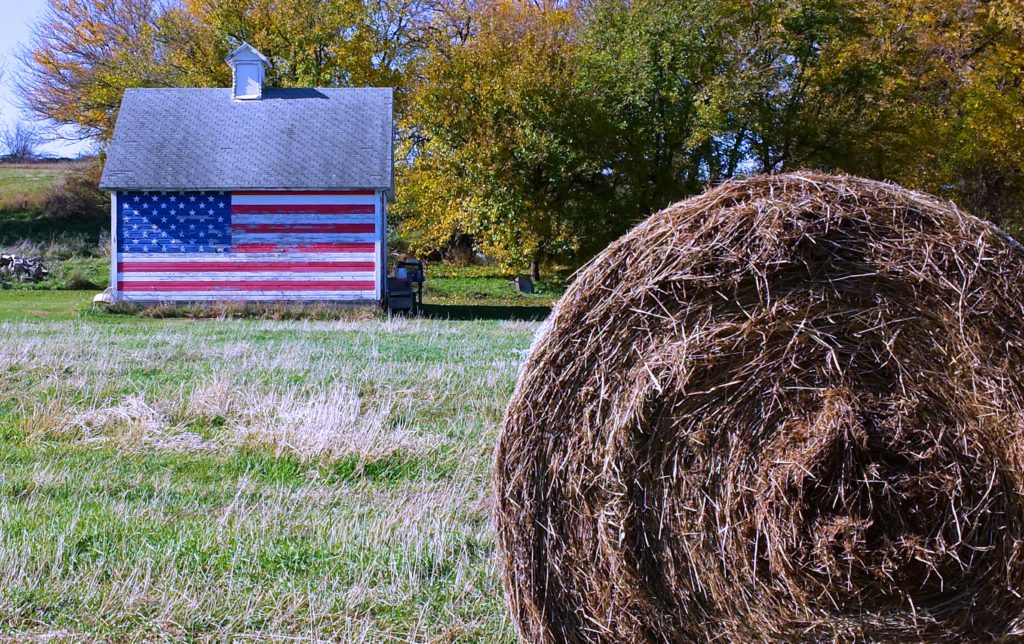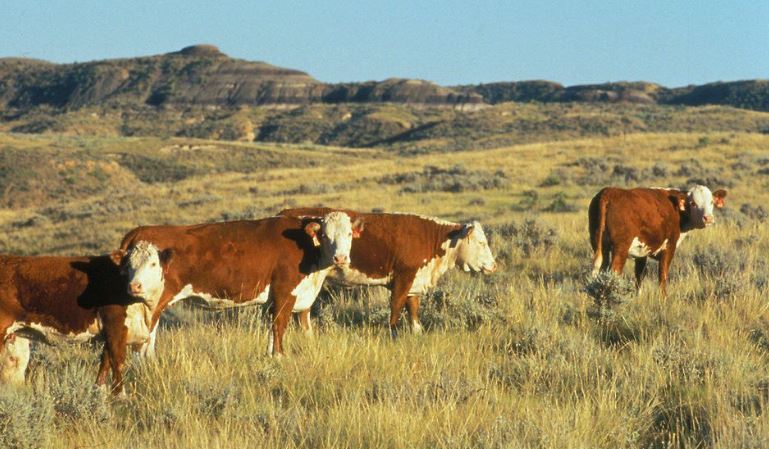Up to this point, Utah has largely been spared any major role in the wolf debate that has been raging for the past 20 years or so in Idaho, Wyoming, and Montana.
 Wolves have been on the threatened and/or endangered species list in much of the West for decades. In 1995, despite much opposition from ranching and agricultural interests, Northern gray wolves were reintroduced in Yellowstone National Park. The concern was that it wouldn’t take the wolves long to leave the Park and start preying on livestock.
Wolves have been on the threatened and/or endangered species list in much of the West for decades. In 1995, despite much opposition from ranching and agricultural interests, Northern gray wolves were reintroduced in Yellowstone National Park. The concern was that it wouldn’t take the wolves long to leave the Park and start preying on livestock.
In the years since then wolf numbers have flourished, creating a bitter dispute between ranchers and environmentalists, and between affected states and the federal government, which has sought to exercise its power to dictate policy in an area that had long been left to the states — wildlife management.
Based on reproductive levels, numbers have grown to the point that wolves have now been removed from the endangered species list in large areas of Wyoming, Idaho and Montana. Because ranchers are allowed to shoot wolves under certain circumstances involving confirmed livestock killing, other wildlife have now taken center stage in the debate, based on allegations that wolves are decimating other wildlife populations, especially including elk, in areas where wolves have become most prevalent.
 It has been thought that it was just a matter of time before wolves would start moving into Utah, and there have been growing wolf sightings in the far Northeast corner of the state that borders Wyoming and Idaho.
It has been thought that it was just a matter of time before wolves would start moving into Utah, and there have been growing wolf sightings in the far Northeast corner of the state that borders Wyoming and Idaho.
According to multiple media sources, however, it has now been reported that a young female wolf was killed in the mountains near Beaver, Utah, when hunters mistook the young wolf for a coyote.
This story may be a game changer as the wolf debate moves to Utah. If comments on ksl.com’s version of the article are any indication, it will be an active discussion, with the story receiving almost 200 comments within the first 12 hours of being posted.
SALT LAKE CITY — State wildlife officials have confirmed that a young female wolf was shot and killed in Beaver County, the first documented killing of a wolf in Utah in several years.
The men were hunting coyotes when they shot and killed the animal Sunday night near the south end of the Tushar Mountains.
They found a collar on it, and wildlife officials said the collar was first attached to the animal for identification and tracking purposes in January 2014 in Cody, Wyoming. The northern gray wolf was about 3 years old, and officials are terming the killing a case a mistaken identity.
 The Utah Division of Wildlife Resources said reports of wolf sightings are on the rise in Utah, but biologists have so far been unable to confirm if there are any breeding pairs or an actual pack.
The Utah Division of Wildlife Resources said reports of wolf sightings are on the rise in Utah, but biologists have so far been unable to confirm if there are any breeding pairs or an actual pack.
In 2010, two wolves were killed after attacking Utah livestock. Most of the sightings have been in counties that border Idaho and Wyoming.
“I think it was very sad a wolf was killed,” said Kirk Robinson with Western Wildlife Conservancy. “This is suspect.”
Robinson blamed the shooting on the state’s coyote bounty, in which hunters can collect cash for killing the predators.
In Utah, ranchers may shoot wolves, but only in an area north of I-80 and east of I-84 to the Wyoming and Idaho lines. The animal is protected under the Endangered Species Act, although there has been a concerted campaign by ranchers and others to get it removed altogether from being listed.
In November, the U.S. Fish and Wildlife Service authorities confirmed that a female northern Rockies gray wolf was roaming the North Kaibab National Forest near the North Rim of the Grand Canyon.
According to wildlife officials, the first modern wolf confirmed in Utah after the species was exterminated from the state was captured on Nov. 30, 2002. It was a collared animal from Yellowstone National Park, and it was returned to the park.
Since then, there have been scattered reports of wolves making short trips into Utah from Wyoming or Idaho.
Although wolves have failed to take up permanent residency in the state, Utah lawmakers have not taken any chances of a probable return and want federal restrictions lifted.
The state has spent $800,000 to get the animal delisted, hiring a lobbyist to work politicians in Washington, D.C., and bureaucrats with the U.S. Department of Interior.
For more information on this story, check out the following links:
http://www.ksl.com/?sid=32915140&nid=960&fm=home_page&s_cid=toppick2




http://www.kutv.com/news/features/local-news/stories/Number-of-poached-animals-in-Utah-increasing-71177.shtml#.VMUiyNg5CM9
S.S.S.
Years ago my 6 year old nephew saw a feather in a National Park and was carrying it out when stopped by a ranger. The ranger told him to put it down because it belonged to the park: Yellowstone. Over 50 people were there and 50 people got irate at what the ranger said to this 6 year old. I diffused the crowd by saying to them the ranger is right. Millions of people visit this park every year, what if each and everyone of us picked up something from this park and took it home, what would be left for any of us to enjoy?
My point is if we don’t try to do something to protect the wildlife on this earth what will be left for future generations to enjoy? Whether what is being done works or not is another question, but we have to keep trying. Do any of us have a solution? Apparently not. It is always just a big debate. But it doesn’t hurt to understand both sides of the debate.
I have no idea what your point is.
For the past few years I have heard so many controversies about the mule deer population. Kill off the coyotes they are the cause of it now once again it is the wolves, but yet are they: http://archive.sltrib.com/article.php?id=21003981&itype=storyID. I agree the Government spends millions of dollars trying to figure out the nature of things. WHY? Most people are going to do whatever they want to do nowadays because they believe that they have that right to do it because I got a gun attitude, I’ll show them; the government. Look at pictures of people and animal killings in the early 1900’s. One guy kills, wolves/bears/cougars/bobcat/deer/etc… and the amount hanging in camp is overwhelming. We would be lucky to take a picture today with 20 people & one wildlife killed. Someone has to place restrictions on wildlife or we would just go hunt cows next. Oh wait people already do. A friend in Manti during a hunt had 5 head of cattle shot for no apparent reason on his OWN land. Even here in Millard County. When I was young, I went to the mountains and saw wildlife now I have to look hard to see any sign of life! And as for overgrazing, ever see what the land looks like after cattle have been in the National Forest or on public land.
#1 Reason behind controversy who controls the human population? Only that of God or Mother Nature, to a point.
Utah Population History
Back in 1850, the Utah population was recorded at 11,380 but some significant increases were to follow. Just ten years later, the census of 1860 revealed a leap in figures of over 250% to 40,273.
Further sustained growth was to follow and by the end of the century, the population of Utah had grown to 276,749. While the overall picture through the 1900’s was one of further increases, it wasn’t until 1970 that numbers breached the one million mark for the very first time.
However, from that point onwards, percentage increases on a census by census basis have been quite significant and in the present day, the Utah population is now climbing towards three million.
The issue with Yellowstone is not that the Wolf was missing, the issue was over-grazing by wild herds. Wild herds that the Federal Government will not allow to be hunted by humans.
Wildlife has natural predators, yes. One of which is the Wolf, but it is also man. So, the issue is not that the Wolf brings life and all that other whining crap, but that the Federal Governments restrictive conservation, environmental and hunting policies, so-called, wildlife protection, does not work. Never did.
TJ
Here is a video that you may want to watch. It tells the story about how not only the wolves changed the Ecosystem but so do we. Its a short film 4:35 minutes long.
http://www.filmsforaction.org/watch/how-wolves-change-rivers/
Good.
One of the known hardships that early Mormon Pioneers faced was the threat of marauding bands of wolves. Especially, in the winter months.
Make no mistake, if the Feds get their way, they will return.
The messed up thing is, the environmentalists always throw a lot of statistics around about this animal. But we have only been keeping statistics about the environment for maybe 50-70 years. The eradication of the wolf started back in the 1800’s. You do the math.
And this strain of Gray Wolf that was introduced onto that Indian Reservation in Idaho, as well as the Yellowstone area, that started all this, were not even native to that area. These big Grey Wolves have decimated the local population of smaller native wolves in the West, not to mention the Elk herds. The Wolf is a pack animal and will behave like one.
Still wont keep me out of the woods.
S.S.S.
TJ